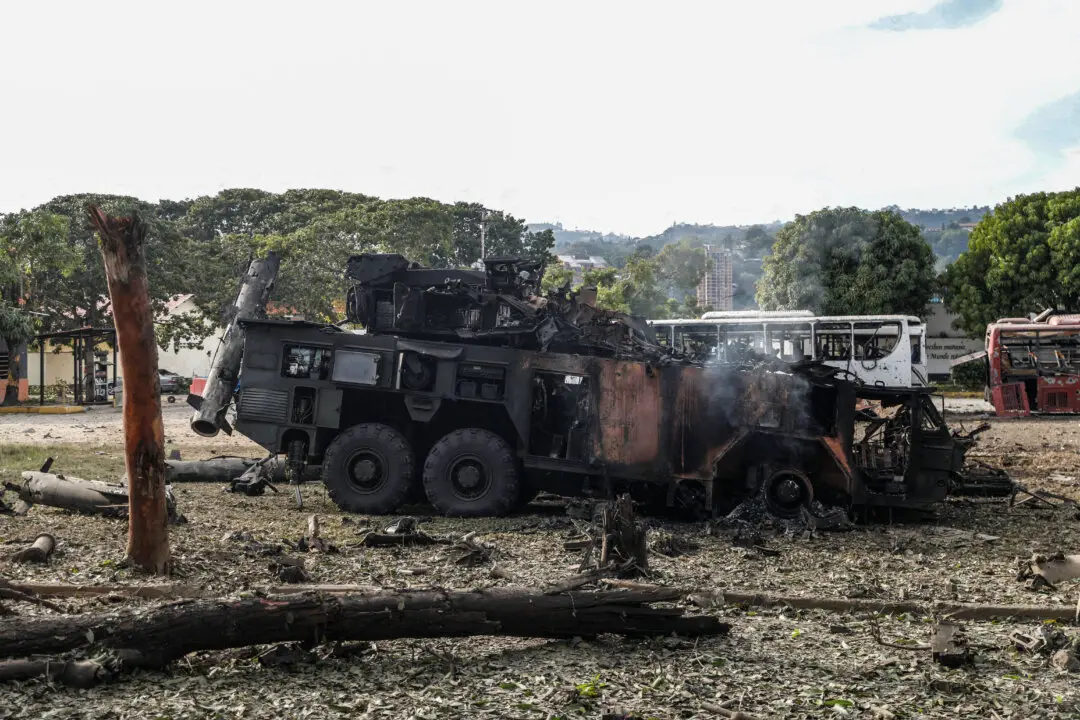Florida Gov. Ron DeSantis declared a state of emergency ahead of Hurricane Dorian, calling on residents to prepare seven days of food, water, medicine, and other supplies.
The U.S. National Hurricane Center (NHC) in Miami “is forecasting that #Dorian could be a major Hurricane. We’ve been monitoring this storm with @FLSERT and will continue to watch closely. All Floridians on the East Coast should have 7 days of supplies, prepare their homes & follow the track closely,” DeSantis said.





